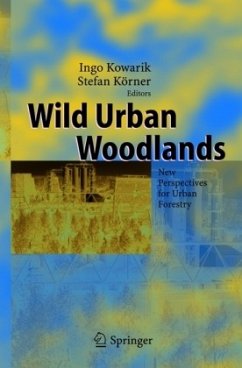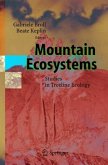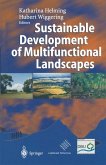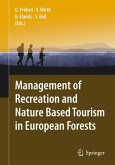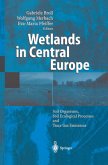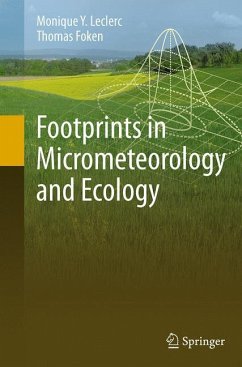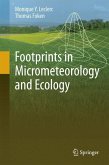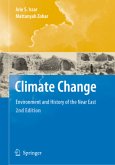The outstanding social and ecological roles of urban forests in the growth of cities has become widely known. In many parts of the world, despite or even because of continuing suburbanization, initiatives are being put forth to preserve urban forests, to develop them further and to make them acc- sible to the public. This volume focuses on a particular component of the urban forest - trix - urban wild woodlands. We understand these to be stands of woody plants, within the impact area of cities, whose form is characterized by trees and in which a large leeway for natural processes makes possible a convergence toward wilderness. The wilderness character of these urban woodlands can vary greatly. We differentiate between two kinds of w- derness. The "old wilderness" is the traditional one; it may return slowly to woodland areas when forestry use has been abandoned. The enhancement of wilderness is a task already demanded of urban and peri-urban forestry in many places. This book would like to direct the attention of the reader to a second kind of wilderness, which we call "new wilderness." This arises on heavily altered urban-industrial areas where abandonment of use makes such change possible. The wild nature of urban abandoned areas was discovered in the 1970s through urban-ecological research. Since then, in a very short time, profound structural changes in industrial countries have led to h- dreds or thousands of hectares in urbanized areas becoming available for natural colonization processes.
Aus den Rezensionen: "New wilderness - durch freie Sukzession entstandene Gehölzflächen treten mehr und mehr in den Großstädten der Industrienationen auf ... Solche Lebensräume können ... herausragende Beiträge zum Biodiversitätsschutz im urbanen Raum leisten. Trotzdem werden sie bislang recht stiefmütterlich von Ökologen und Planern behandelt. Umso erfreulicher ist jetzt dieser Band, der Tagungsbeiträge der Konferenz 'Wild Forests in the City - Post-industrial Urban Landscapes of Tomorrow' zusammenfasst ..." (Jürgen Dengler, in: Kieler Notizen zur Pflanzenkunde, 2006, Vol. 34, Issue 1-3, S. 80)
From the reviews:
"This book is about the 'new wilderness' arising on abandoned urban-industrial areas through out the world. Some of these areas ... can be vast. A series of articles identifies the rise of urban woodlands, public attitudes towards them, the findings of ecological studies, and how different perspectives have been integrated into policy and management strategies. Case studies ... illustrate the conceptual and scientific approaches used to identify, study, and manage urban woodlands. Useful for urban foresters and planners." (Northeastern Naturalist, Vol. 13 (1), 2006)
"The book successfully bring together the ecological, social, cultural/historical, and design issues and perspectives inherent in the topic of wild urban woodlands - a particular component of the urban forest matrix described as 'new wilderness'. ... And by providing vivid images and stories, as well as thoughtful integration and insights, it is a book that should prove itself interesting to both the casual reader and the topical scholar." (R. Riemann, Landscape Ecology, Vol. 22, February, 2007)
"This attractively produced collection of papers emerged from a conference on 'Wild forests in the City' held in Dortmund, Germany in 2003. ... addresses the values of forests that have regenerated spontaneously on abandoned industrial sites in Germany. ... I like this book, it is well edited and comprehensively referenced - for anyone seeking an entry into the fascinating world of urban forests it will be useful. For those concerned with spontaneous woodland development in cities it provides a comprehensive and technically sound review." (Jeffrey Sayer, International Forestry Review, Vol. 7 (3), September, 2005)
"This book is about the 'new wilderness' arising on abandoned urban-industrial areas through out the world. Some of these areas ... can be vast. A series of articles identifies the rise of urban woodlands, public attitudes towards them, the findings of ecological studies, and how different perspectives have been integrated into policy and management strategies. Case studies ... illustrate the conceptual and scientific approaches used to identify, study, and manage urban woodlands. Useful for urban foresters and planners." (Northeastern Naturalist, Vol. 13 (1), 2006)
"The book successfully bring together the ecological, social, cultural/historical, and design issues and perspectives inherent in the topic of wild urban woodlands - a particular component of the urban forest matrix described as 'new wilderness'. ... And by providing vivid images and stories, as well as thoughtful integration and insights, it is a book that should prove itself interesting to both the casual reader and the topical scholar." (R. Riemann, Landscape Ecology, Vol. 22, February, 2007)
"This attractively produced collection of papers emerged from a conference on 'Wild forests in the City' held in Dortmund, Germany in 2003. ... addresses the values of forests that have regenerated spontaneously on abandoned industrial sites in Germany. ... I like this book, it is well edited and comprehensively referenced - for anyone seeking an entry into the fascinating world of urban forests it will be useful. For those concerned with spontaneous woodland development in cities it provides a comprehensive and technically sound review." (Jeffrey Sayer, International Forestry Review, Vol. 7 (3), September, 2005)

